
It’s perhaps misleading of us to present ‘a day in the life’ of the Editorial Department: no two days are identical – even during lockdown, when the days spill, Dali-like, into each other. So I’m not going to try. Editorial Time is both linear and cyclical.
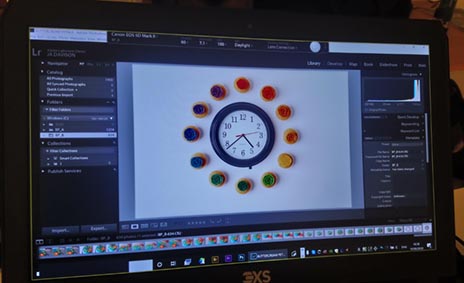
There are eleven of us in the Editorial and Design Department in total; between the seven editors we have a considerable amount of experience, knowledge and skill – not only as editors, but as artists and crafters. Each of us has our own niches, our personal passions (whether these be calligraphy, cake or crochet, or all three); and Katie (our Editorial Director) makes sure to capitalise on these when she allocates us our new titles.
Editors at Search Press are involved, on some level, at every stage of the publishing process, from jumping on new art or craft trends, or bringing new authors on board – which Katie, Edd (Senior Editor) and Becky (Managing Editor) have all been responsible for – to signing off the digital plotter proofs at the last approval stage in the production process. Our involvement with a book extends beyond the publication date, too – when a title can take anything between a year to five and a half years* to come to fruition, it’s almost inevitable that we will build a strong rapport with our authors and want to support them as they proudly promote their work. (*This is an exception, but it has been known!)
But I’m getting ahead of myself.
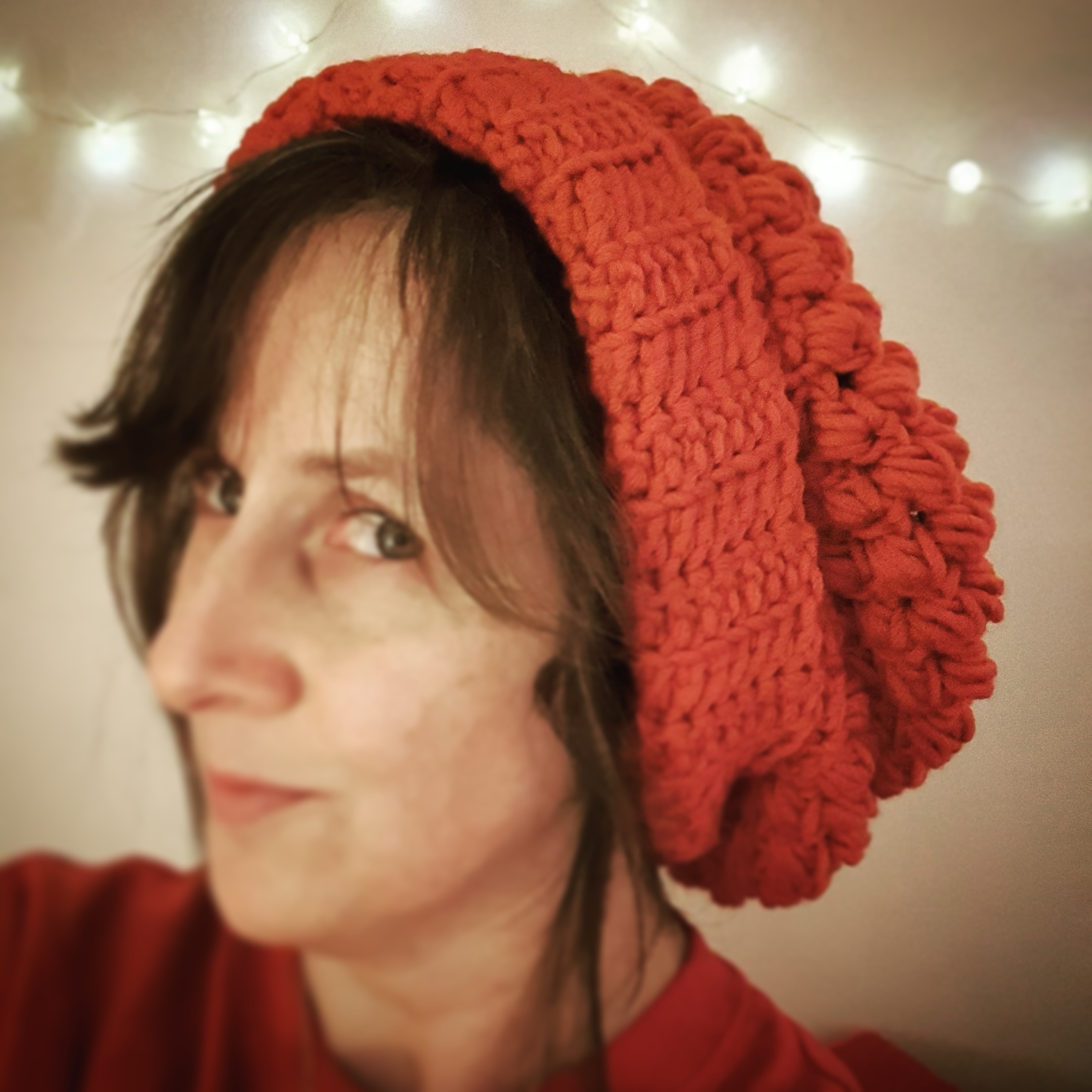 Beth Harwood
Beth Harwood
Each of us has between eight and twelve books on our schedule in a year, with the aim of getting one book to Production a month. Each of those books will therefore be at a slightly different stage in its evolution at any one time: some books may even be on our schedules for publication in two or three years’ time, but from the moment Katie allocates us our titles, the book has gone live and needs our love and attention.
We see almost every one of our books through the same time-tested process. First, we set up a planning meeting with the authors: ideally this happens in person but most recently, because of Covid restrictions, we’ve held several planning meetings over Teams video call, sometimes from our homes. (Pets are welcome to attend.)
The planning meeting is an opportunity to flesh out the book, to plot out the flat plan – the page-by-page framework that prescribes everything that will feature in the book. We also discuss some provisional schedule dates – when we’d like the author to deliver any sample artwork or text, and when we might think we can book in a photoshoot. The aim is that the author – and the editor, of course! – comes away from the planning meeting feeling buoyed and enthusiastic about the work ahead.
We may not then see the author again for months, as we send them away to work on their manuscript and of course to create the artworks or handicrafts that will become the centrepieces of their book. In the meantime, they will tease us with visual tidbits that we share for the purposes of sales material and will furnish us with all the information we need to help create Advance Information sheets (AIs) in conjunction with the Marketing team.
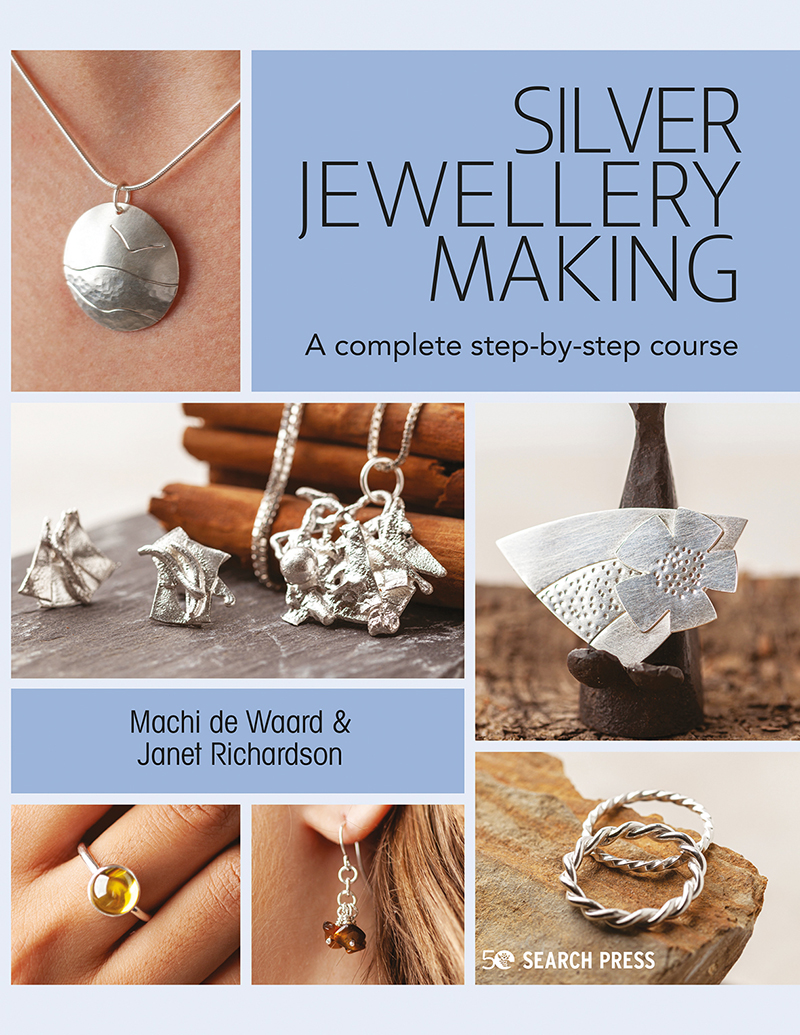
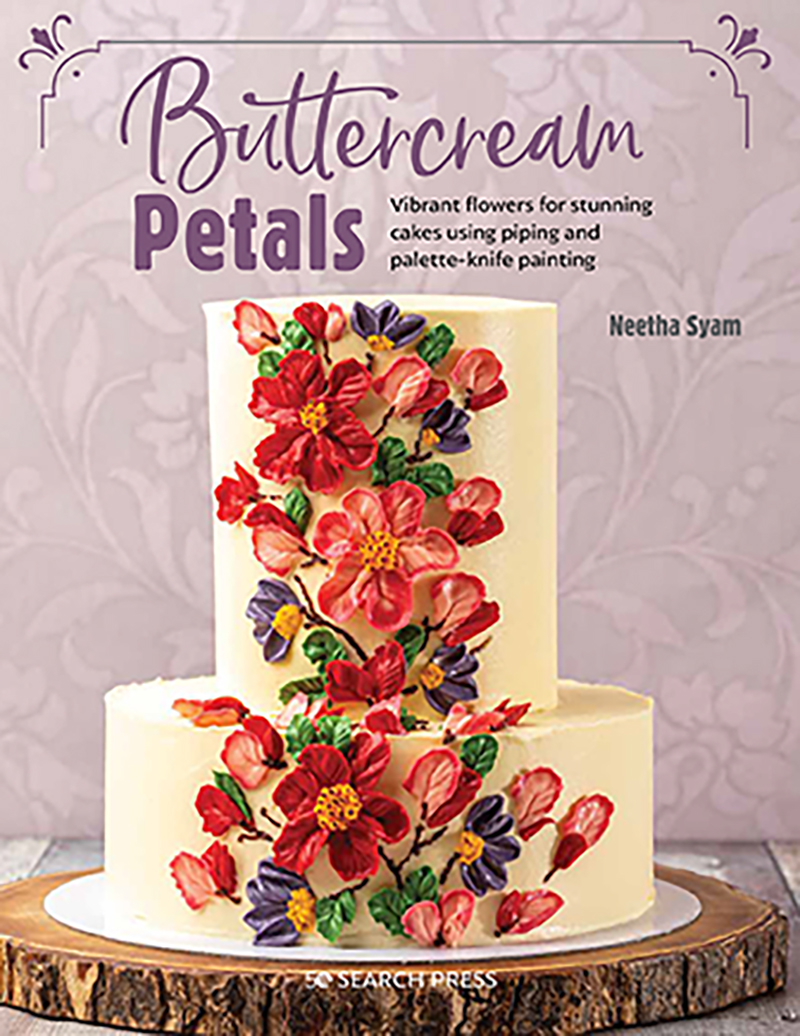
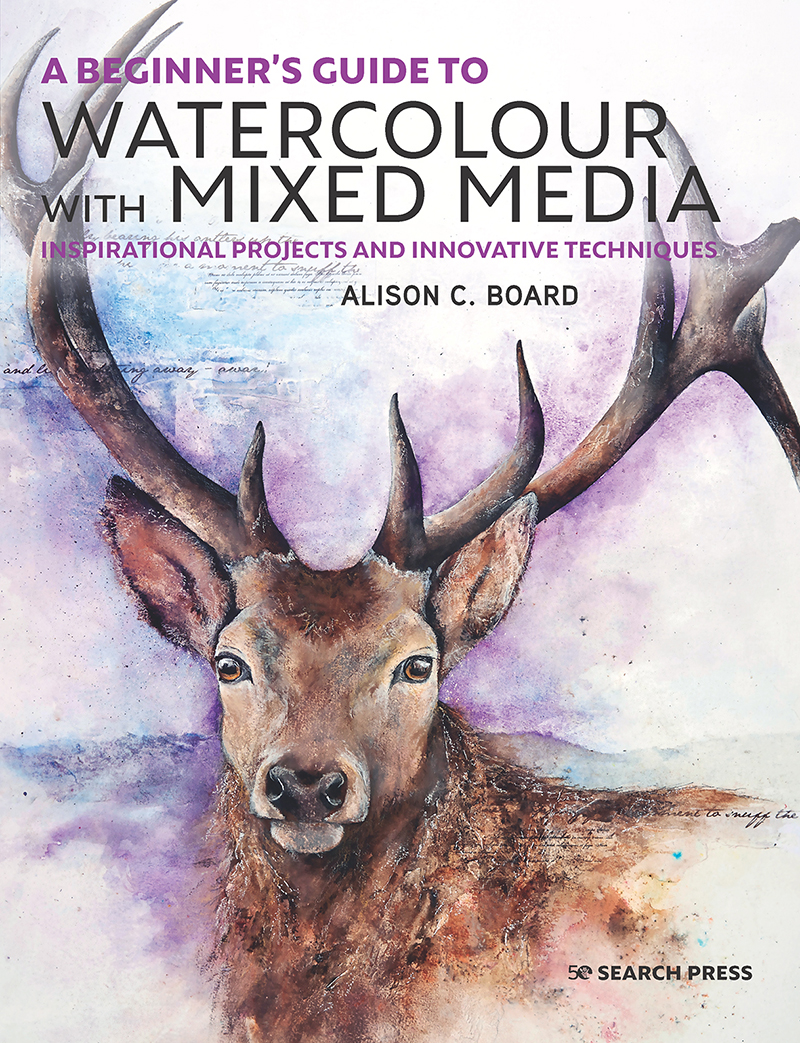
Book covers
The next time we’ll reconvene with our author is for the photoshoot itself, which we’re very fortunate to be able to do in our jazzy, purpose-built inhouse photography studio. The photoshoot gives us as editors a great deal of autonomy over the way in which the book flows, and allows us to see first-hand how an artist makes up and mixes their palette; how jewellery makers turn silver sheet into beautiful, wearable pieces; how a bowl of buttercream can be transformed into a beautiful, life-like – and, moreover, edible! – rose.
The shoot is often where everything falls into place, especially when we’re working on a specialist title that we’re coming to with limited prior knowledge. During that time, the photographer – following the editor’s shot list – will capture every crucial stage of the pre-agreed projects, and all the requisite techniques; and we’ll make decisions on which shots best illustrate what is being explained in the text.


Photographer Mark in the studio and best-selling author David Bellamy
The designers then take the helm in styling all the necessary tools and materials, and the finished projects, but we watch on to ensure that everything we need to show is shown and at the right angle or orientation.
The completion of the layout comes next: this is an intensive stage of the process whereby the editor marries together the photography and the text in an InDesign document, and makes sure that it presents the information in the most informative and attractive way. We involve the author at this – and every – stage of the book’s development as well, to make sure we’ve captured their techniques and processes accurately, and that we’ve been using the correct terminology.
Then it’s over to Design again, to bring the whole book together into a cohesive, visually appealing package, working with the framework of the layout that the editor has put together. It’s always an exciting moment when the designed document comes back to us – it all starts looking a little bit more like a finished, polished, book at that stage!
Thus begins The Race to the Finish (aka Production stage). Once the author is happy with the newly designed layout and has supplied any further edits that they need us to make, we make another round of checks of our own, then send the layout to a proofreader to pick up any rogue anomalies, inconsistencies, or eventhe occasional – how did that get in there? – typo.

The compilation of the index usually falls to us too, and this is a great opportunity to perform just one last check (we are a thorough bunch) before we can give Design the nod to create the PDF file that will become – drum-roll please – our set of colour proofs. Ta-da!
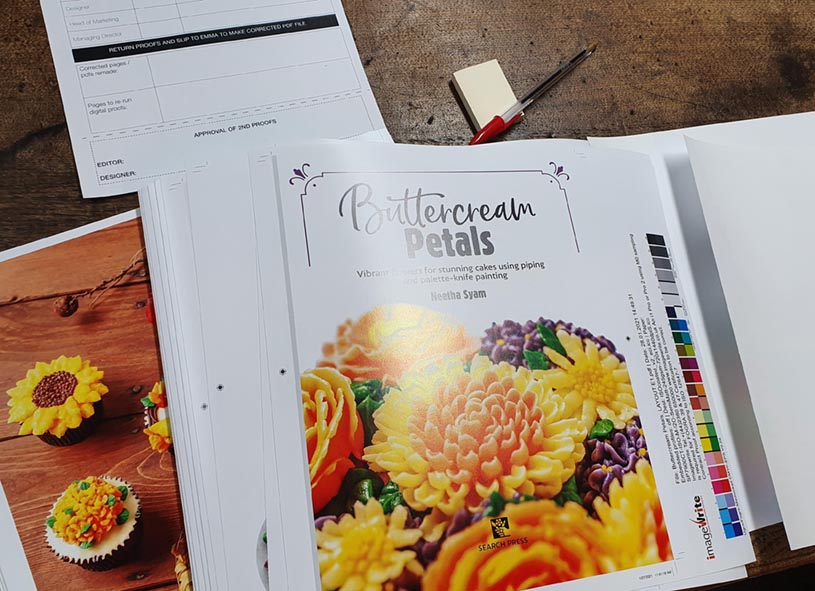
Colour proofs
But our work does not end there – oh no! Once the colour proofs have arrived, we spend time poring over them, checking that everything is flowing visually, and that the author’s work is accurately represented in glorious Technicolor® (unless of course it’s a title on drawing, in which case glorious tonal variety is what we’re looking for). We commonly check the layouts and proofs of our teammates’ titles at numerous stages in the process; it’s always useful to get a second – or even third – pair of eyes on our titles, and as we do all have very unique approaches to our work, this objective input keeps things fresh.The designers are usually the last bastions of approval on the colour proofs, once they’ve have circulated to Sales and Marketing; as soon as everything is tickety-boo, we await plotter proofs for signoff. These are usually distributed digitally, and are a good – if very scarily final – opportunity to check that everything appears in its correct position before approving the book to press!I wish I could say this is when we break open the champers and congratulate each other on a job well done… Actually, that does tend to happen once the first advances arrive – except there’s no champagne, and no time to sit and stare – there’ll be another book waiting in the wings for us!
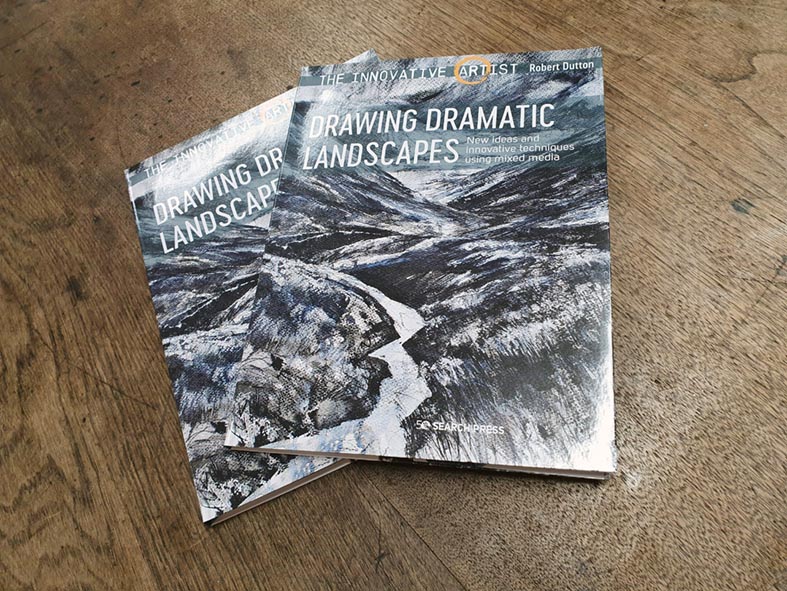 Advances on the table
Advances on the table
There are countless elements to the day-to-day workings of the Editorial Department that I’ve not touched upon – the admin we do in order to ‘lock down’ a title (confirming it fit to be announced for publication and providing Marketing with updated copy for the AIs); prephotography and predesign meetings; organising pattern checking for knitting or crochet titles; or liaising with the designers and external photographers as they direct our fabulous styled shots – simply because, as editorial irony would have it, I’ve already written too much.
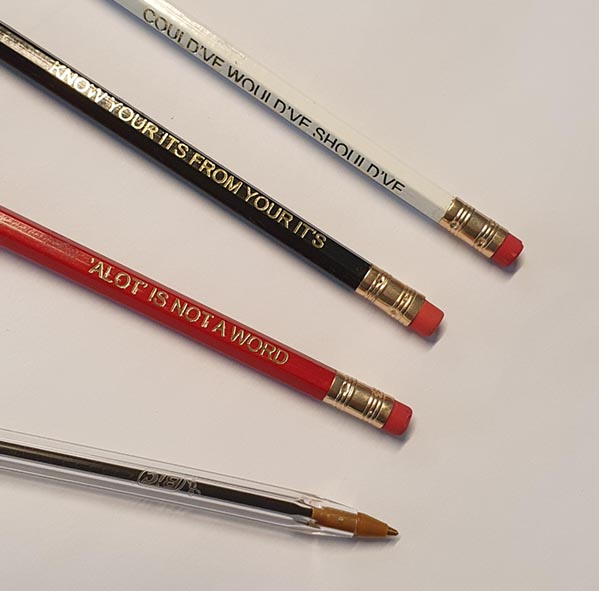 Pencils and pen
Pencils and pen
I do hope this gives you a little insight into daily life in the editorial department: just imagine all of this done ten-fold, once for every book on our schedule… Still. We keep smiling nonetheless.

The Editoral and Design Team